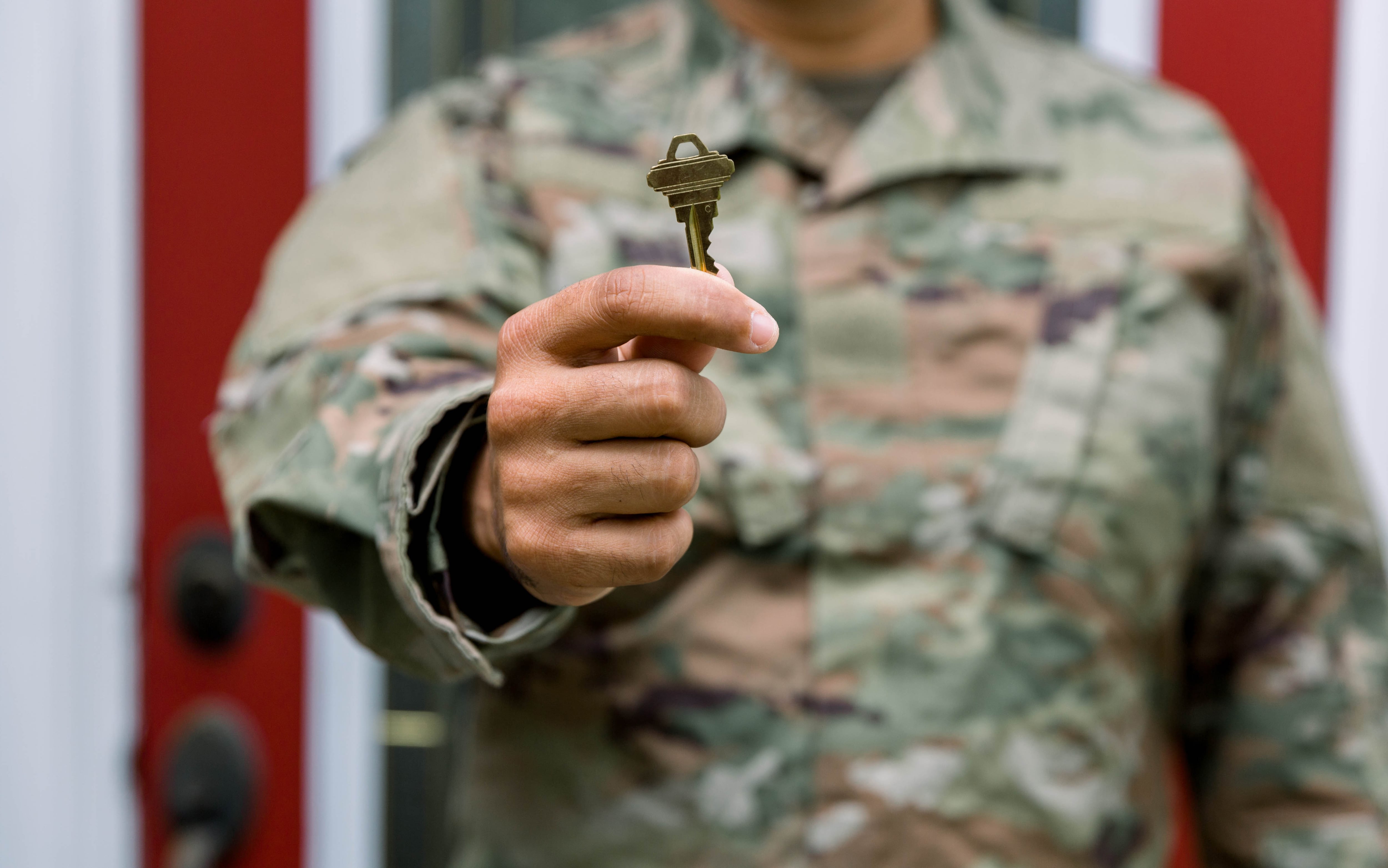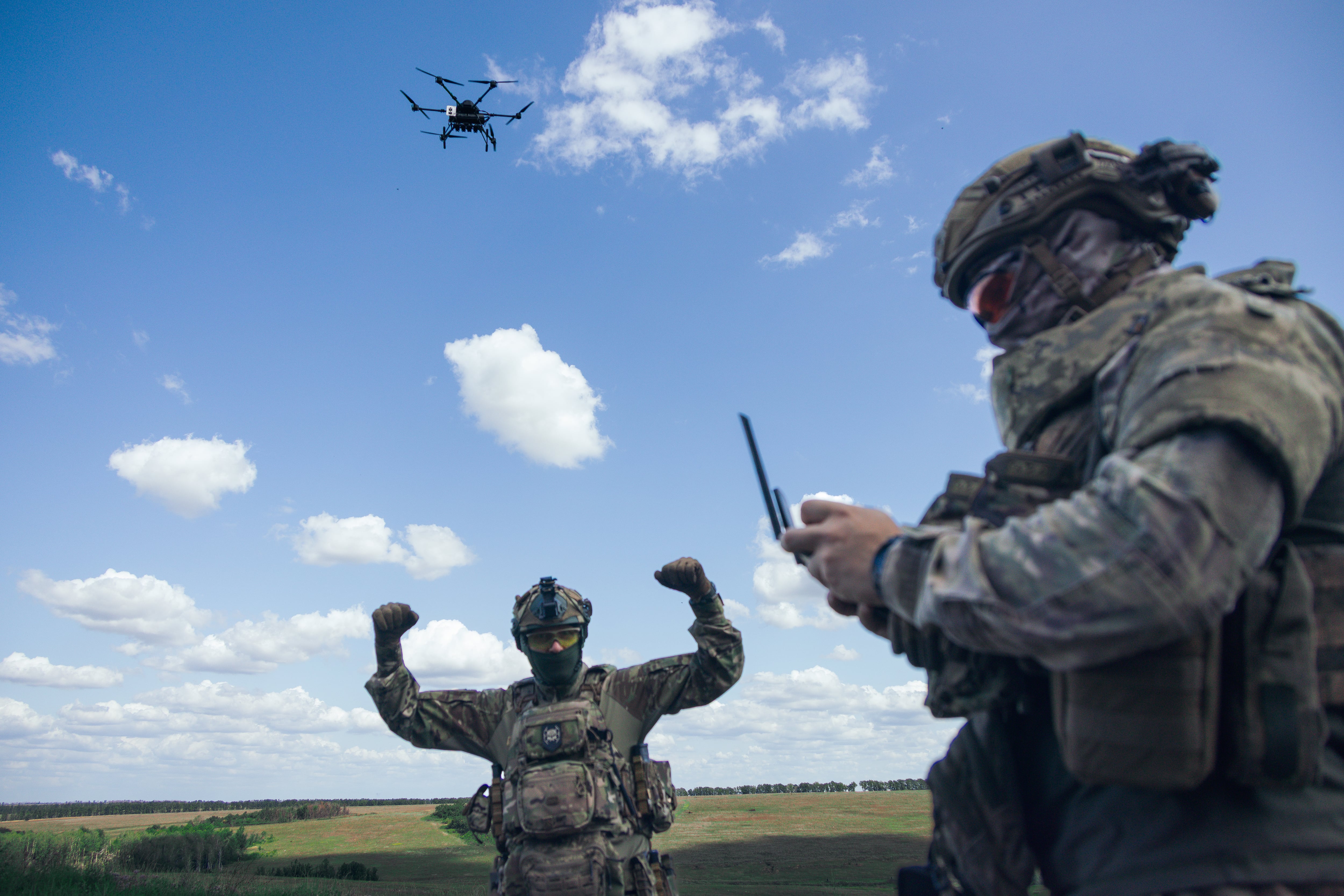Some of the simulated victims at this month's combat search and rescue exercise Angel Thunder 2015 were students from the University of Arizona and Northern Arizona University.
Other victims weren't human at all. They were medical simulators so advanced that rescuers can hear "breathing, heart beating, hear lung sounds, hear heart sounds; they can feel their pulses," said Benjamin Stobbe, who helped oversee the training. "If they have a head injury, we can make their pupils unequal."
The exercise, at Davis-Monthan Air Force Base, Arizona, used three such simulators, intended to represent real battlefield casualties and provide rescuers and medical staff with as real a rescue experience as possible.
"What the simulations allow us to do is create realistic injuries. One of the adults had a head injury from an IED blast and also a chest injury" Stobbe said. "The second adult was an amputation of the lower leg. ... The simulation is sophisticated enough to know that if they get the right pressure with the tourniquet, the bleeding stops."
The new devices can provide training closer to what rescuers would experience down range, said Kristen Barrera, a senior research psychologist at Wright-Patterson Air Force Base, Ohio.
"Instead of a role player saying, 'Oh, your arm is broken here, so you should react,' the simulator actually does that," she said.
The simulators also allow rescuers to practice invasive procedures that wouldn't be done on a human role player, such as inserting an IV or performing a needle decompression to treat breathing issues, said Barrera, who has been overseeing training in Angel Thunder.
And computers in the new simulators allow trainers to provide better feedback to the service members practicing their rescue techniques.
"We can see how they're doing, so during their debrief they'll get actual physiological medical data instead of a white card or a role player saying, 'Well, it looks like he did that correctly,'" Barrera said.
The University of Toledo has been working with Canadian company CAE, the University of Nebraska, Cubic Global Defense, and the Air Force's 711th Human Performance Wing to develop the new medical training.
"The medics are finding the realism of this so high, you can feel them react as if these are their victims they're going to go rescue," said Stobbe, administrative director for The University of Toledo's Interprofessional Immersive Simulation Center.
The new simulators are a step up from old models that couldn't react to treatment at all, Stobbe said.
"They would just use a regular mannequin," he said. "They would have to listen to their instructor give them directions. They would have to look at their instructor and say 'what's their pulse?'"
Stobbe said the trainees "have to react to what they see and what the simulator's doing instead of looking at their instructor for that information. It actually adds a little element of stress."
Removing the instructors from the area has an added bonus: It means the rescue trainees are entering an area that will look more like a combat zone and less like a training exercise.
"One of the objectives is to minimize the number of observers out in the area," Barrera said. "It declutters the scene and enables a more realistic environment."
The technology has even been able to completely remove the simulator operators from the training area.
Stobbe and Barrera said this was a major advancement that will make future training easier.
Angel Thunder operated and controlled the simulators via the Internet, from command centers at University of Toledo and the Air Force Medical Modeling and Simulation Training Center in Texas.
In future training, Barrera said, that setup will allow military bases to have their own simulators and hook up to a controller over the Internet at training time, rather than spending time and money to send medical experts to a training site.





